No matter how many features a product may offer, without an intuitive and user-friendly software, those features can be challenging to implement effectively. Oriental Motor understands this well, and to make things easier for their customers, they provide a universal MEXE02 support software that works seamlessly with products from multiple series. Since each product has its unique functionalities, the software adjusts its format accordingly. This consistent user interface across different products can significantly reduce the time needed to program motion sequences for each axis. The loop function is one of the standout features available when any AZ series product is paired with the MEXE02 software. It allows users to repeat a specific set of operations a predefined number of times, making it incredibly useful for tasks that require repetitive actions. For an overview of the software, feel free to read this blog post or click on the image below. The Loop Function One of the most common motion sequences for stepper motors involves repeating the same motion in a fixed distance and direction every single time. In programming terminology, this is often referred to as a loop subroutine, meaning that any set of instructions within the loop will be repeated either endlessly or until a particular condition is met. Once the loop completes, it transitions back to the main program. The following excerpt is from the AZ series functions manual. The loop function is a function to repeat the operation of the linked operation data number for the number of times set. Operation is repeated from the operation data number for which "Loop count" is set to the operation data number to which "Loop end number" is set for the number of times set in the "Loop count." When the operation for the number of times set is completed, the operation transits to the operation data number that is set to "Next data number". Essentially, the loop function repeats the same movement for the specified number of times. This is particularly handy for applications that require consistent, fixed distances, such as ticket dispensers or rotary indexing tables. Application Example: Let’s consider a scenario where a robot performs a dance routine with its arms and head every time someone walks by. In this case, we can use an AZ motor for the arm rotation joints and link three distinct moves together (No.0, No.1, No.2) sequentially. We’ll then loop these moves for a certain number of times before moving on to the next data set (No.3) and finally holding the last pose. Here's what we aim to accomplish: This is how we program it... Check out the usage example below to see how this motion sequence is programmed on the MEXE02 software. You'll notice that only three data sets (#0, #1, #2) are needed for this sequence. One of the benefits of the MEXE02 software is that once a move is programmed and stored, there’s no need to reprogram it. The key lies in the second image showing "Next data No.", "Loop count", and "Loop end No.". These parameters tell the software exactly how to execute data sets #0, #1, and #2. And voila! You’re done (don’t forget to save). Here’s what the motion looks like when plotted on a graph. The Case for More Driver Intelligence Traditional stepper motor drivers are fairly basic, providing only power and logic. They essentially convert incoming pulse commands into motion on the motor. The real intelligence resides in the host controller, like a PLC, where ladder logic and pulse outputs can be utilized to perform complex motions. Using an AZ series driver brings advanced motion sequence programming capabilities, allowing the AZ series driver to operate without a PLC in certain scenarios. Various types of drivers are available for different purposes, including pulse input, stored data, and multi-axis. Up to 256 "moves" can be programmed and stored in the driver's non-volatile memory. Additional moves can be achieved through fieldbus communication, such as Modbus RTU, EtherNet/IP, or EtherCAT. Advantages of Stored Data Programming Eliminating the need for a PLC saves valuable space and simplifies the overall design. At the very least, the AZ series drivers should ease the load on the host controller, meaning a less costly PLC or HMI can be used. Since the AZ series motors come equipped with built-in mechanical absolute encoders, external encoders, batteries, and sensors are no longer necessary. Here’s another example with a linear slide.  Prefer to watch and learn? Here's a video that demonstrates how this works.  For more details about the AZ series family of motors, actuators, and drivers, please click below. The same dedicated drivers and the same MEXE02 software are used across all these products. Please subscribe!  Conical Twin Screw And Barrel,Plastic Sheet Machine Screw And Barrel,Extruder Screw And Barrel,Plastic Sheet Machine Zhejiang Guangming Plastics Machinery Co.,Ltd. , https://www.gmscrews.com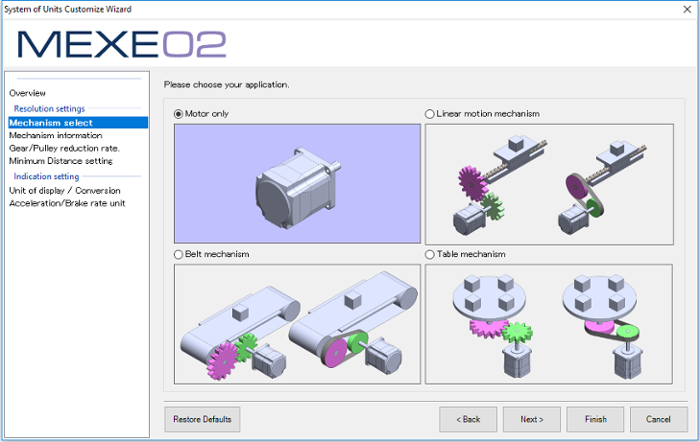 hbspt.cta._relativeUrls=true;hbspt.cta.load(2284573, 'e351278a-3f10-4402-bda5-5b8829eac7d0', {"useNewLoader":"true","region":"na1"});
hbspt.cta._relativeUrls=true;hbspt.cta.load(2284573, 'e351278a-3f10-4402-bda5-5b8829eac7d0', {"useNewLoader":"true","region":"na1"});
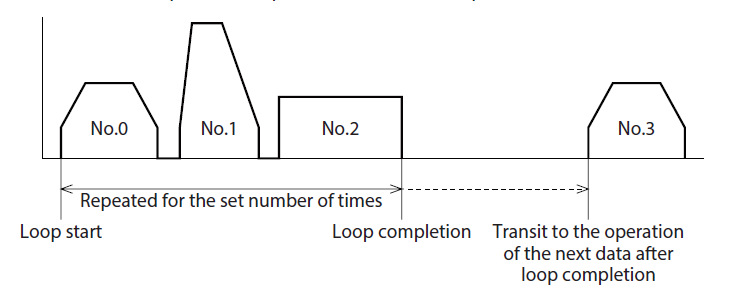
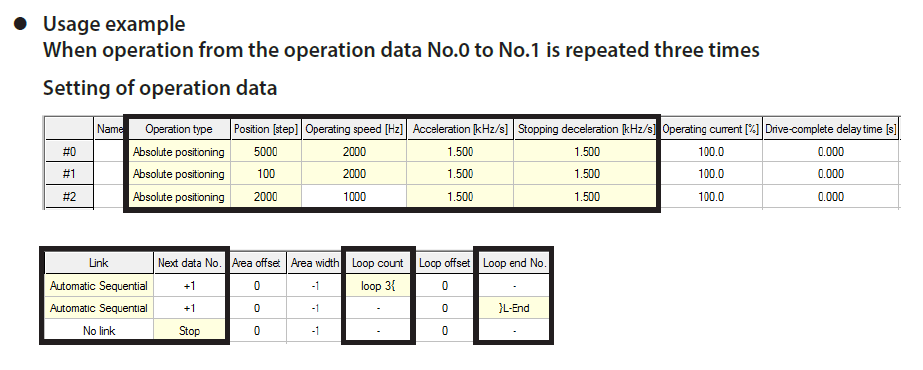


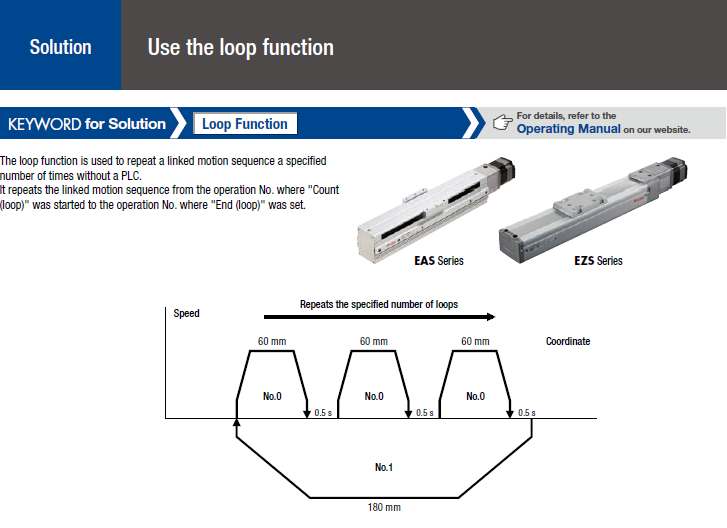
 hbspt.cta._relativeUrls=true;hbspt.cta.load(2284573, '3257c162-1fd0-4923-a205-57699545d6e5', {"useNewLoader":"true","region":"na1"});
hbspt.cta._relativeUrls=true;hbspt.cta.load(2284573, '3257c162-1fd0-4923-a205-57699545d6e5', {"useNewLoader":"true","region":"na1"}); 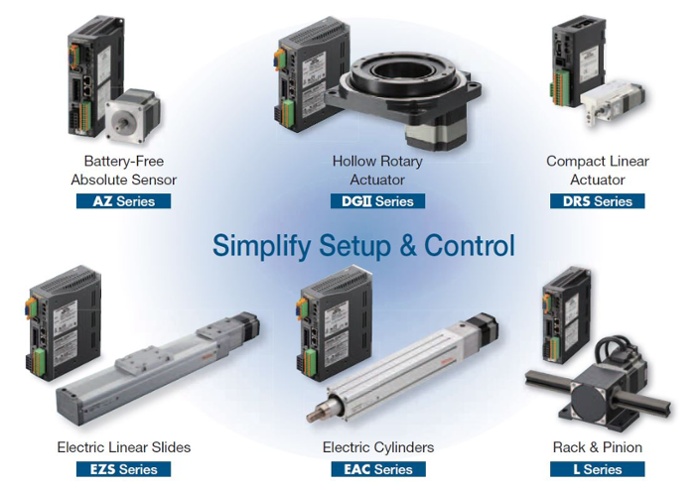 hbspt.cta._relativeUrls=true;hbspt.cta.load(2284573, 'c9cd6ed1-0aa4-4485-aba4-c8a4b3128d90', {"useNewLoader":"true","region":"na1"});
hbspt.cta._relativeUrls=true;hbspt.cta.load(2284573, 'c9cd6ed1-0aa4-4485-aba4-c8a4b3128d90', {"useNewLoader":"true","region":"na1"});
Motion Programming Example: Loop Function For Repeated Motion
Conical Twin Screw And Barrel,Plastic Sheet Machine Screw And Barrel,Extruder Screw And Barrel,Plastic Sheet Machine Zhejiang Guangming Plastics Machinery Co.,Ltd. , https://www.gmscrews.com